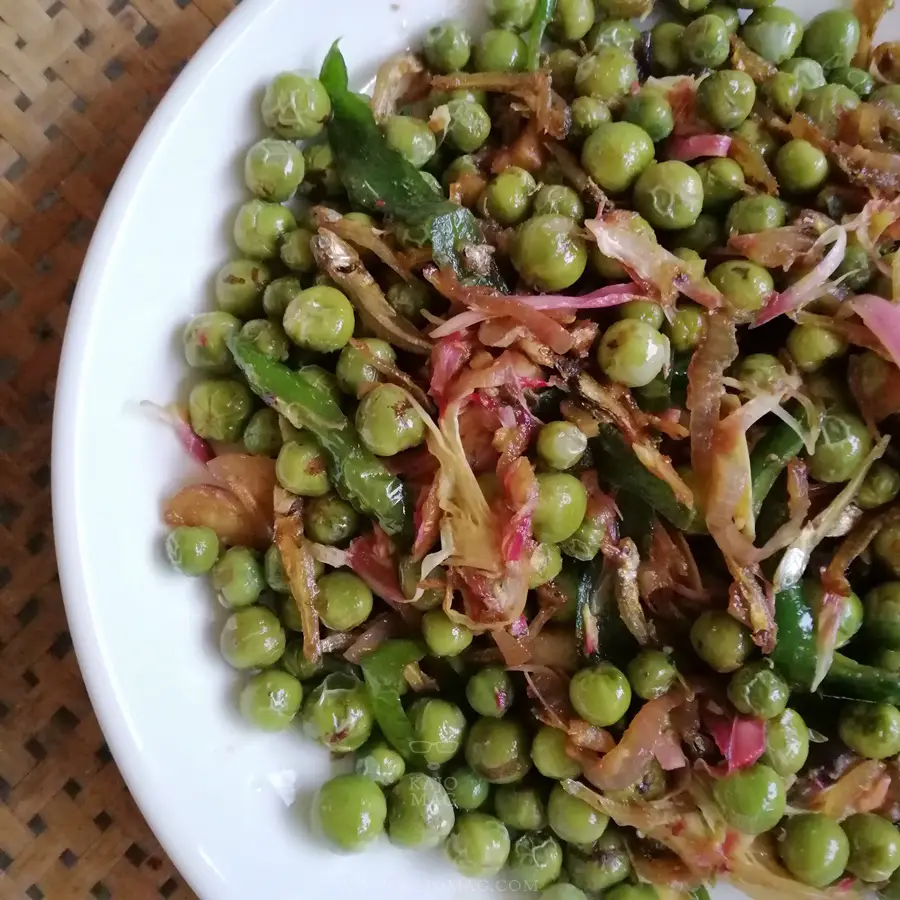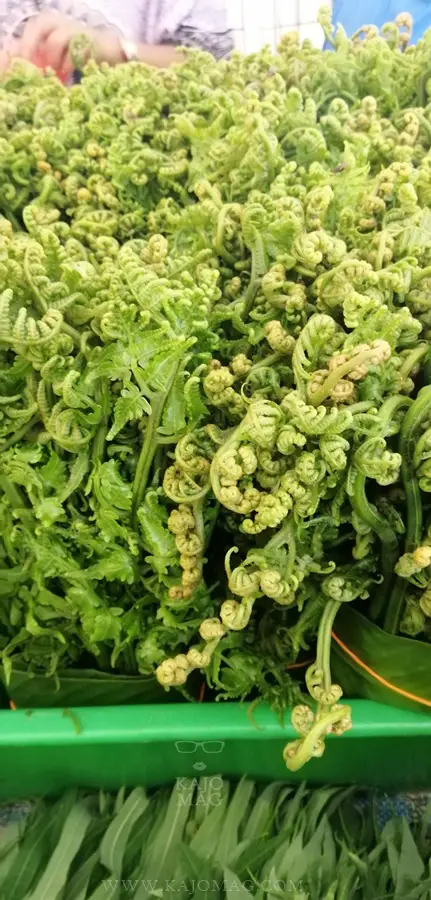Did you know that it was legal to export pangolin scales in Sarawak back in the 1950s?
Pangolin (Manis javanica) was hunted for its scales and then exported through Kuching.
This unique animal has large, protective scales covering their skin. It is the only know mammal to have this feature.
They live in hollow trees or burrows. Pangolins are nocturnal and tend to be solitary. They only meet to mate. Their diet consists of mainly ants and termites, which they capture using their long tongues.
According to a report by Tom Harrisson and Loh Chee Yin, from 1958 to 1964 Sarawak exported more than 60 tonnes of pangolin scales.
Harrisson and Loh found in their study that each pangolin’s exportable scales average about 3 catty (1.8kg).
Here comes the sad part; since the maturity of the animals does not effect the value of their scales, so the traders back then even exported scales from younger pangolins.
The researchers calculated based on the weight of the pangolin scales that there over 50,000 pangolins were hunted for their scales in just seven years!
Where did these pangolin scales came from
Harrisson and Loh wrote, “Ninety-nine per cent of the scales exported from Sarawak came from Indonesian Borneo.
“They were being smuggled over mainly to the border towns of Krokong in the First Division and Lubok Antu in the Second Divison, while shops in Tebakang, Serian and Simanggang also bought any amount offered to them for sale by local people or by Indonesians, in quantities ranging from 50 to 500 katis.”
The pangolin scales that came to the dealers in pieces packed in gunny sacks.
For scales that came in with the skin attached usually fetched a poorer prices. This is because they need to boil them first to extract the scales.
“As they reach the shops, they are checked to make sure they are dry, and genuine and then repacked for export to Singapore or Hong Kong, where they are probably cleaned and sorted for re-export to mainlain China,” Harrisson and Loh stated.
The purpose of pangolin scales trades
Pangolin scales were wanted for their so-called medicinal values. They believed it had anti-septic values, stimulated blood veins and sped up the chemical reaction of any medicine.
There were two methods of application.
Firstly, raw pieces of scales were used for scratching itchy skin. It was believed that this would prevent further infection which usually follows if the affected part is scratched by fingernails.
Secondly, pangolin scales were ground into powder and then mixed in with other herbs boiled in water for the patient to drink.
Back then, dealers paid from $200 to $300 per picul or 100 kati for scales or $70 to $90 per pikul for scales still attached to the skin.
These prices also depended on the demand from China.

Protecting the pangolin in present day Sarawak
In October 2019, Sarawak Forestry Corporation announced its plan to have the pangolin upgraded to the “totally protected” category.
Totally protected species in Sarawak may not be kept as pets, hunted, captured, killed, sold, imported or exported or disturbed in any way, nor may anyone be in possession of any recognizable part of these animals.
To this day, the pangolin population is still threatened by deforestation and poaching for its flesh and scales.
According to World Conservation Society, pangolin scales are made of keratin which is the same thing that makes our human fingernails and hair.
Hence, eating pangolin scales has no medicinal value whatsoever as it is like eating your own fingernails or hair.
Read more:
Sarawakians were once encouraged to catch shark commercially
How the Bornean Rhinoceros was hunted into extinction in Sarawak




























